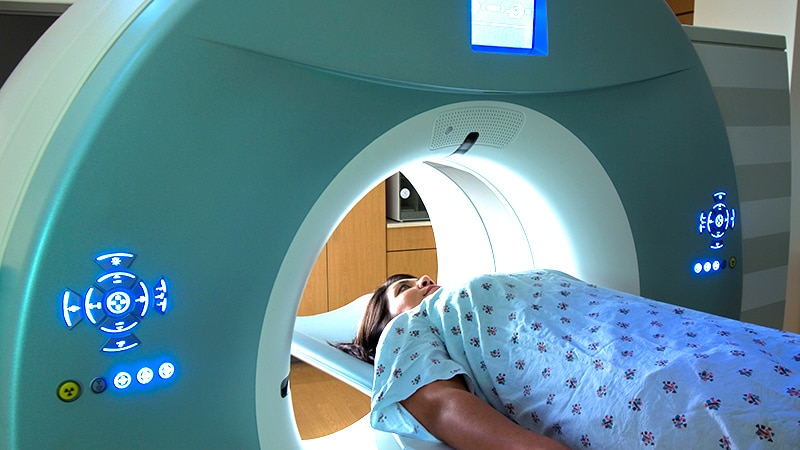Findings from the UK Radiation Therapy and Androgen Deprivation Therapy in Treating Patients Who Have Undergone Surgery for Prostate Cancer (RADICALS) trial do not support routine administration of adjuvant radiotherapy after radical prostatectomy.
The randomised controlled trial enrolled patients with at least one risk factor (pathological T-stage 3 or 4, Gleason score of 7-10, positive margins, or preoperative PSA ≥10 ng/mL) for biochemical progression after radical prostatectomy (RADICALS-RT). Patients were randomly assigned 1:1 to adjuvant radiotherapy or observation with salvage radiotherapy for PSA biochemical progression (PSA ≥0.1 ng/mL or three consecutive rises). Masking was not deemed feasible. Stratification factors were Gleason score, margin status, planned radiotherapy schedule (52.5 Gy in 20 fractions or 66 Gy in 33 fractions), and centre.
Between 22 November 2007 and 30 December 2016, 1396 patients were randomly assigned to receive salvage radiotherapy (n=699) or adjuvant radiotherapy (n=697). Median age was 65 years (IQR 60-68). Median follow-up was 4.9 (IQR 3.0-6.1) years.
Ninety-three per cent of 697 participants in the adjuvant radiotherapy group reported radiotherapy within six months. A third (33%) of 699 in the salvage radiotherapy group reported radiotherapy within eight years after randomisation.
Five-year biochemical progression-free survival (PFS) was 85% in the adjuvant radiotherapy group and 88% in the salvage radiotherapy group (hazard ratio [HR] 1.10; 95% CI 0.81-1.49; P=0.56).
Freedom from non-protocol hormone therapy at five years was 93% with adjuvant radiotherapy versus 92% with salvage radiotherapy group (HR 0.88; 95% CI 0.58-1.33; P=0.53).
Self-reported urinary incontinence was worse at one year for those in the adjuvant radiotherapy group (mean score 4.8 vs 4.0; P=0.0023). Grade 3-4 urethral stricture within two years was reported in 6% and 4%, respectively (P=0.020).
These initial results from RADICALS-RT do not support routine adjuvant radiotherapy after radical prostatectomy. The authors say an observation policy with salvage radiotherapy for PSA biochemical progression should be the current standard after radical prostatectomy.



